With the new release of the Squishmallow Caracal Cat named Ferraz, interest has spiked regarding the animal behind this popular character!
Caracals, often admired for their striking ears and agile prowess, might capture the imagination of any exotic pet enthusiast.
However, the idea of keeping these majestic wild cats as domestic pets is fraught with challenges and ethical concerns.
Basically, the idea of having a house pet Caracal is a big "no!"
We've gathered a lot of info to explain why bringing a caracal into a home environment is not only impractical but also potentially harmful.
In the meantime, cuddle up with a sweet Caracal Squishamallow and enjoy learning about the amazing animal that inspired them!
Top 10 Reasons Why Caracals Are Not Suitable for Domestic Life!
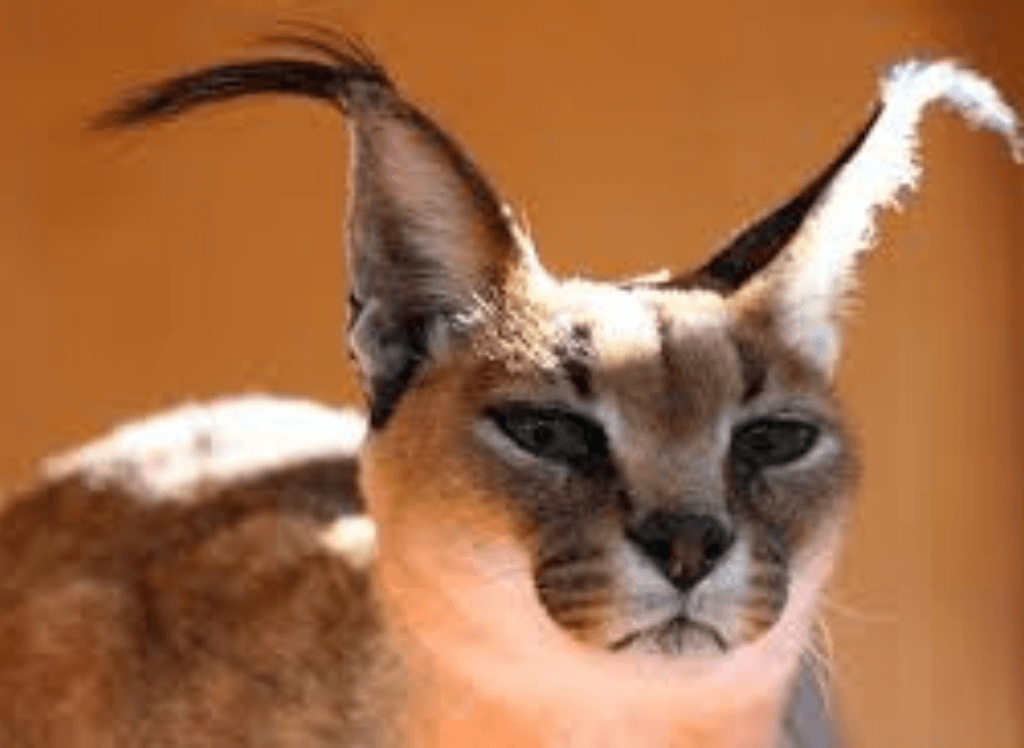
1. Inherent Wild Nature
Caracals are inherently a wild animal with instincts and behaviors deeply embedded in their DNA. They are not domesticated cats like a house cat and possess a temperament suited for the wild cat species.
- Caracals exhibit strong territorial instincts and a need for large roaming spaces.
- Their wild nature makes them unpredictable and unsuitable for a home environment.
2. Legal Restrictions
In many countries, owning a caracal is illegal or requires specific licenses and conditions. These laws are in place to protect both the animals and the community.
- Legal ownership requires extensive paperwork and adherence to strict regulations.
- Violations can lead to legal consequences, including fines and confiscation of the animal.
3. Specialized Dietary Needs
Caracals require a diet that is difficult to replicate in a domestic setting. They are carnivores that thrive on a diet of fresh meat, which can be both costly and logistically challenging to sustain. Regular cat food for most house cats, just won't work for these exotic cats.
- Providing an appropriate diet for a caracal involves sourcing specific types of meat and supplements. They are a wild animal species that likes to catch birds among other things.
- An improper diet can lead to health issues and decreased quality of life for the animal.
4. Extensive Space Requirements
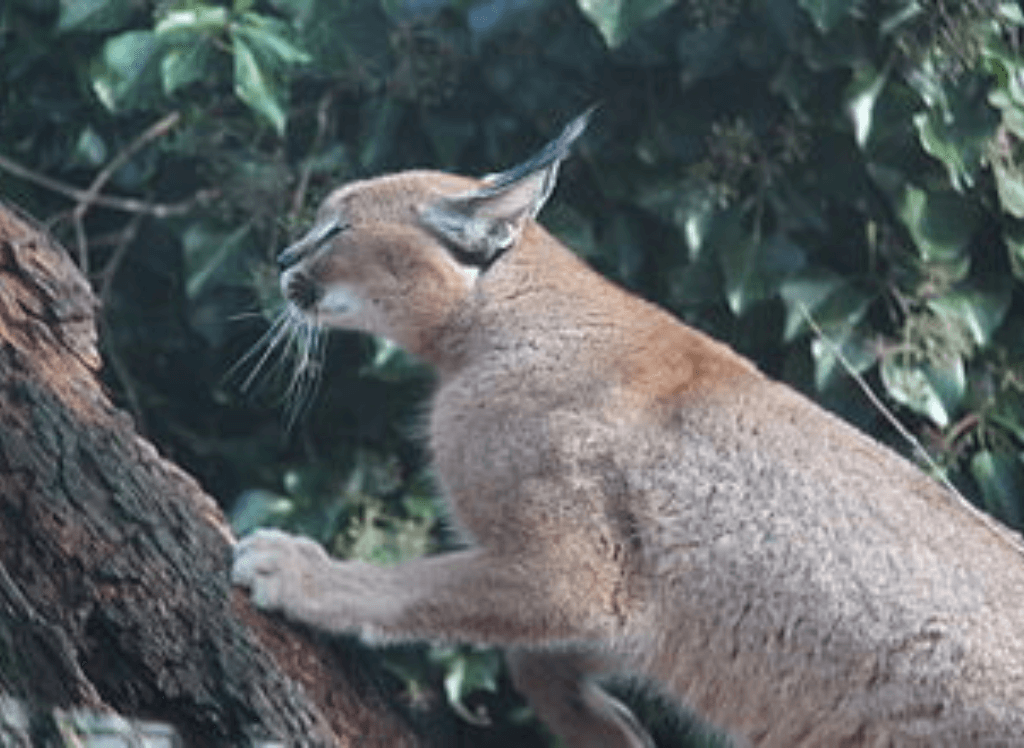
Caracals are active and require a significant amount of space to move around. A typical household environment does not provide the space that these animals need to exhibit natural behaviors.
- Caracals need environments that allow them to run, jump, and hunt.
- Confinement can lead to stress, obesity, and behavioral problems.
5. Potential Danger to Humans and Other Pets
Caracals are powerful predators with sharp claws and teeth. Sometimes referred to as an Asian leopard cat, an African golden cat, or a Persian lynx, they can pose a real danger to humans, especially children, and other household pets.
- Even in play, caracals can cause injury due to their size and strength.
- Their predatory instincts can be triggered unexpectedly, leading to aggressive behaviors.
6. Complex Health Care Needs
Caracals require specialized veterinary care that can be difficult to find and expensive. Regular vets may not be equipped to treat exotic animals like caracals.
- Specialized health care includes regular check-ups, vaccinations, and emergency care specific to exotic species.
- Health issues can escalate quickly in species that are not well-understood by general practice veterinarians.
7. Ethical and Conservation Concerns
Keeping caracals as pets can contribute to unethical breeding practices and detract from conservation efforts aimed at preserving these animals in their natural habitats.
- The exotic pet trade can lead to overexploitation and population declines in the wild.
- Ethical concerns include the impact of captivity on the psychological well-being of wild animals.
8. Long-Term Commitment
Caracals can live up to 15-20 years in captivity, requiring a long-term commitment that many potential pet owners may not fully appreciate.
- The lifespan of a caracal necessitates decades of care, financial commitment, and stability.
- Because caracals are not a domestic cat, they often end up in sanctuaries due to owners not being able to commit long-term.
9. Behavioral Challenges
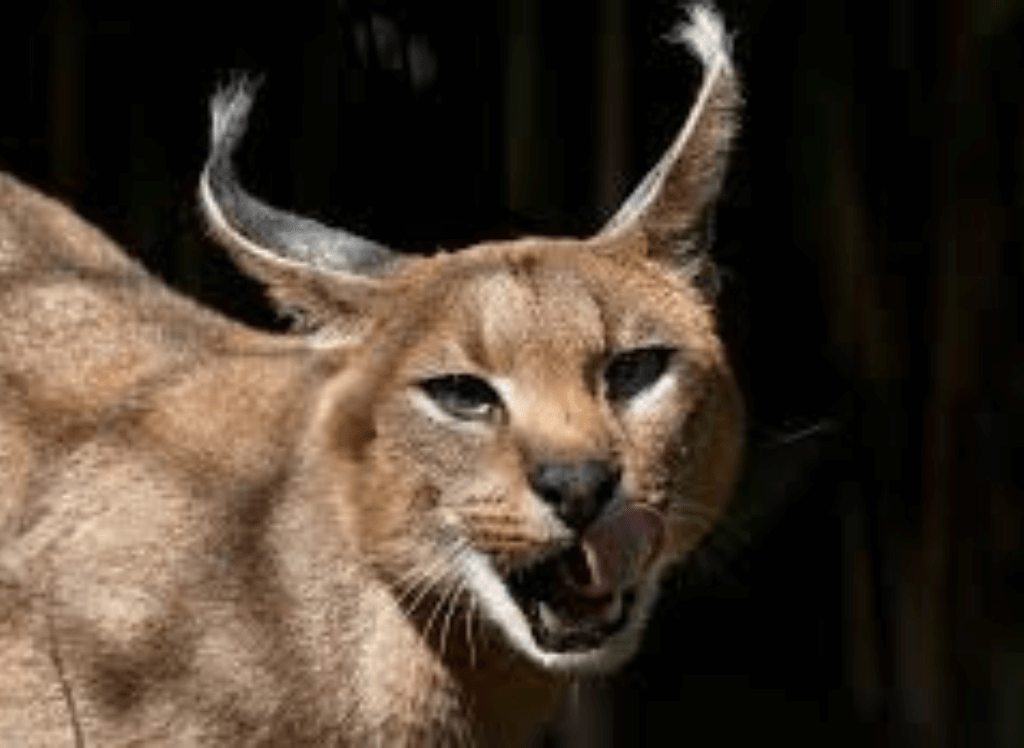
Caracals are not domestic animals and do not adapt well to living in confined spaces with limited stimulation. This can lead to destructive behavior and stress.
- Caracals require environmental enrichment to keep them mentally and physically stimulated.
- Lack of proper stimulation can lead to destructive behaviors and chronic stress.
10. Impact on Local Ecosystems
If a caracal escapes, it can have a significant impact on local wildlife, potentially preying on native species and disrupting local ecosystems.
- Escaped exotic pets can become invasive species, causing ecological imbalance.
- The risk of escape and subsequent ecological impact is a serious consideration for potential owners.
Amazing Creatures
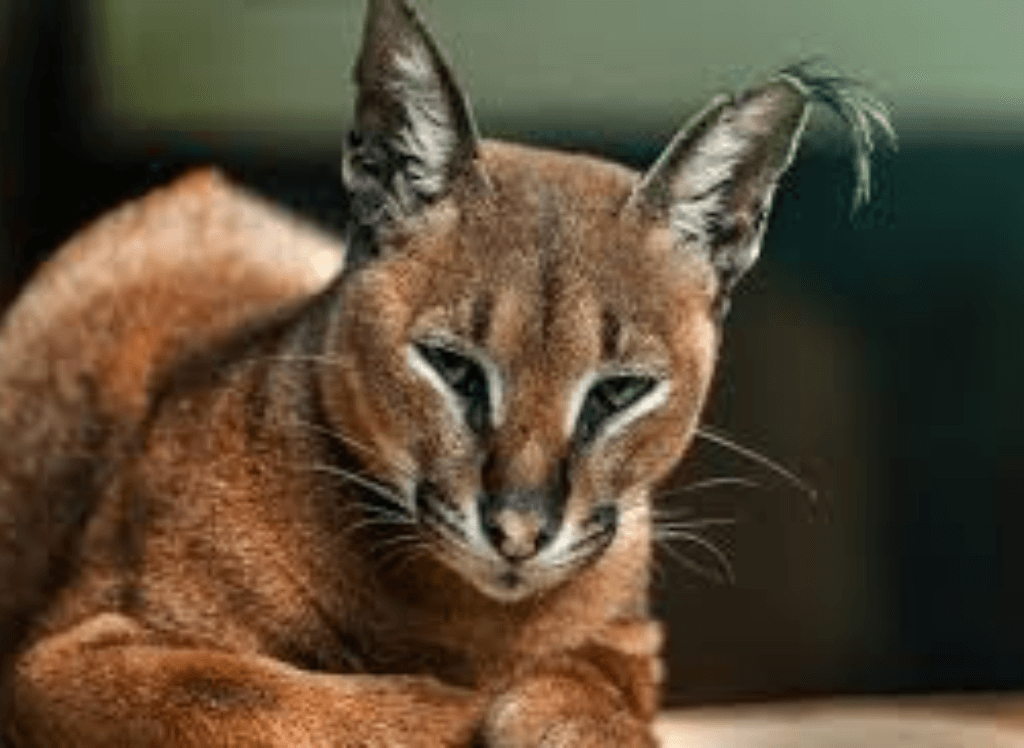
While caracals are undoubtedly fascinating creatures, the complexities and responsibilities of keeping them as pets make it clear that they are unlike domestic cats and better suited to life in the wild or in professionally managed wildlife sanctuaries.
Appreciating these magnificent animals from a distance is not only safer but also more ethical.
Hope you enjoyed this wildlife lesson!
Leslie 🦊👩🏫👩💻
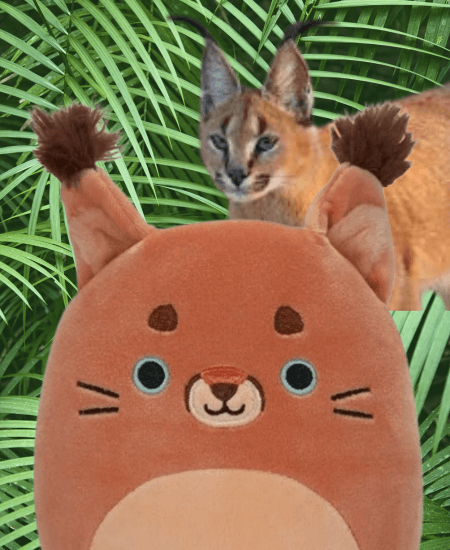
Squish You Again Soon!
Subscribe to our email newsletter and unlock access to members-only content and exclusive updates.

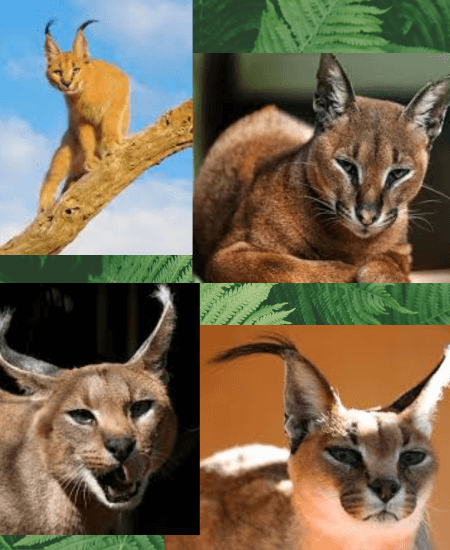
Comments